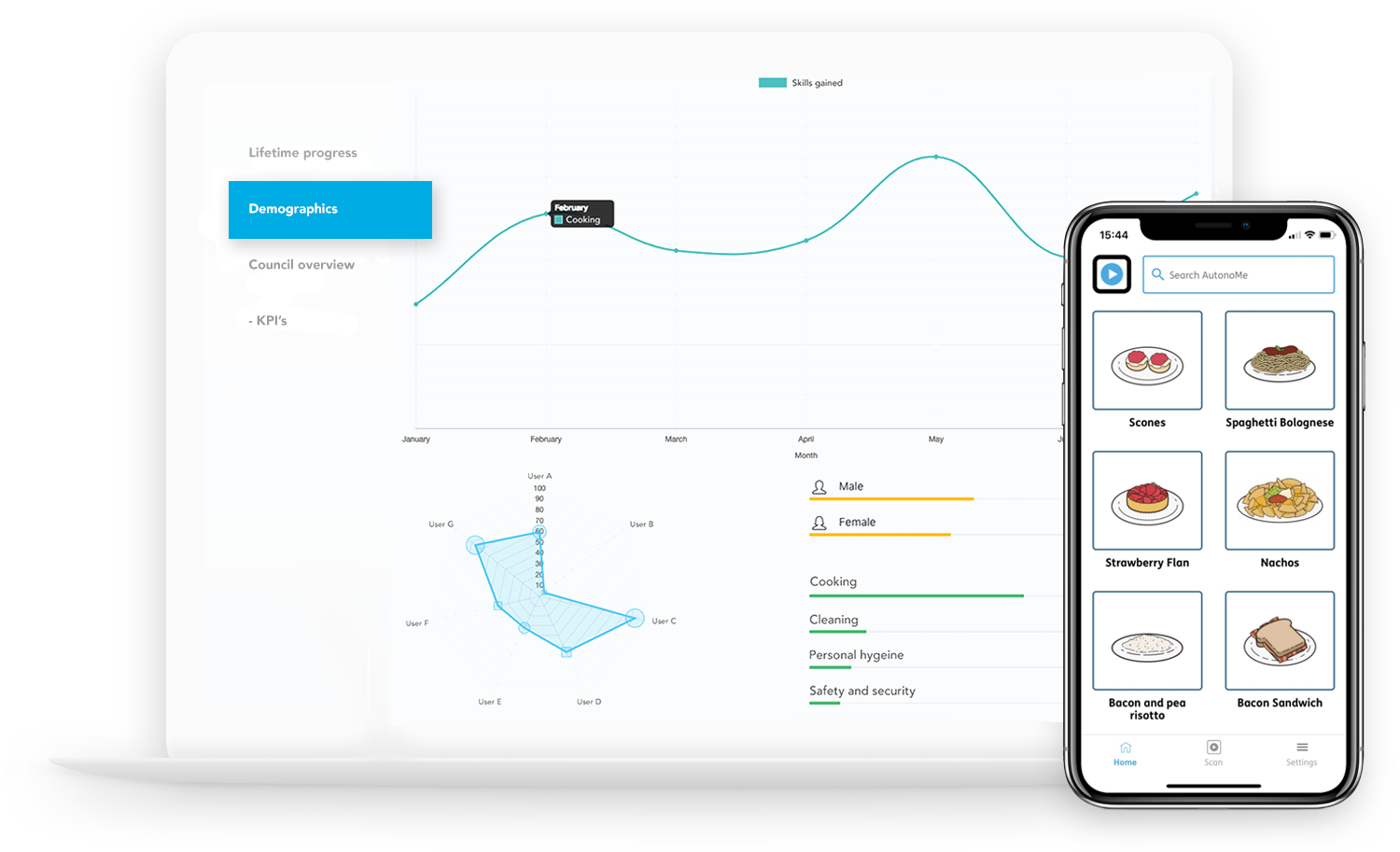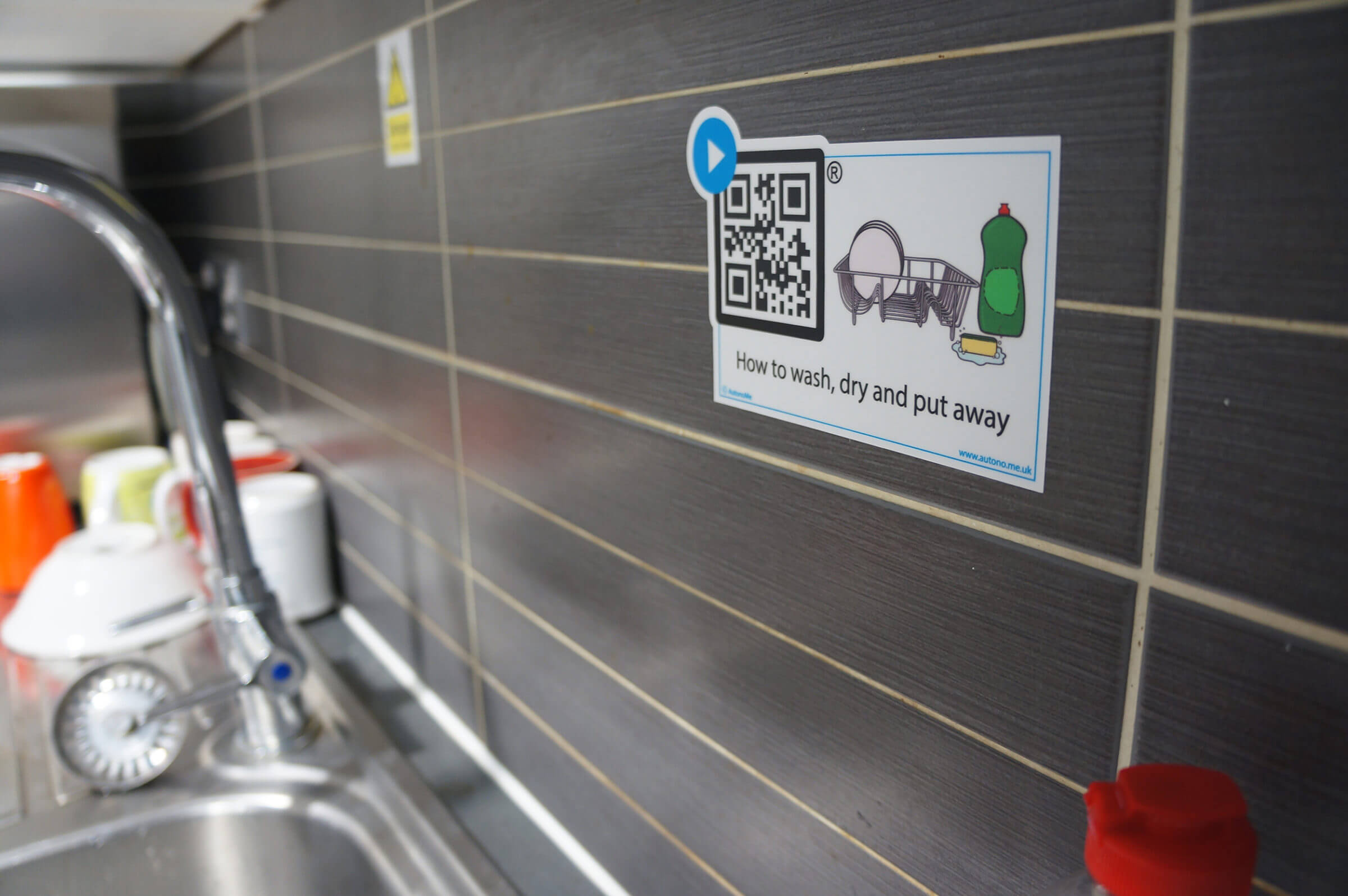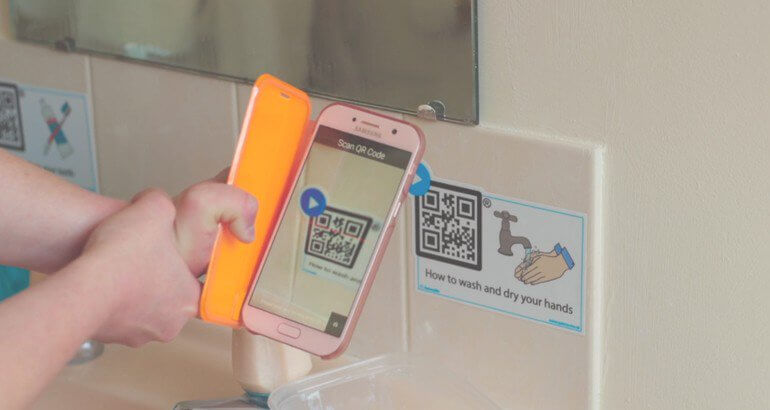In the lead up to our event for the Bristol Tech Festival, we are publishing articles that are centred around accessibility.
This week we had a Q&A with Will and Matt from our client AutonoME

So first off, tell us a little bit about AutonoMe and how the concept came about? [WILL]
AutonoMe partners with Local Authorities to improve the lives and associated services for their Learning Disability population. We deliver personalised support to people whenever and wherever they need through our App, as they interact with the App we demonstrate outcomes met and celebrate progress achieved. Our Founder came up with the idea whilst teaching people with Learning Disabilities by combining his skillset in Video Production and his knowledge of the challenges they face to overcome barriers to their independence.
“Accessibility” covers a wide range of disabilities. What were the key disabilities you were looking to cater for? [MATT AND WILL]
AutonoMe is focused around Learning Disabilities, a term which covers a wide range of disabilities and also a varying level of ability within each disability. What may be easy for one user could be difficult for another, even within the same disability. We had to find a common ground to reach as wide an audience as possible, not over-complicating nor oversimplifying. Our users are competent smart device users, we go from the basis that they have the knowledge and ability to interact with popular apps such as YouTube. As much as possible we have tried to keep accessibility inline with accessibility functions available on each operating system, adding our own take on a screen reader or changing font size would likely confuse the user as they would have to learn another way of doing things.

What was the first step you took to ensure that your product would be accessible? [WILL]
AutonoMe has always been created from the starting point of accessibility; our mantra has always been to create something professional, sleek and modern specifically for people with Learning Disabilities that made people without Learning Disabilities think “I wish I had that”. As for our data dashboard that has been more of a learning curve, we’ve spent a lot of time developing ways in which data can be digested ‘at a glance’ by people in job roles where IT and numerical data is not a leading skillset.
What kind of research did you do with your users? [WILL]
When we started the company the founder created a ‘focus group’ whilst we finessed the concept to get to our first MVP. This focus group was made up of parent carers who agreed to provide thorough regular feedback in exchange for having AutonoMe for free for their child/young adult. This was an effective way to build our MVP and we still have this focus group today which has since expanded in size and needs of users.

What was the hardest part of developing a product that is accessible? [MATT]
Often accessibility is an afterthought for developers, a number of times I added in a 3rd party package only to find the accessibility side of it had a big %TODO% in the documentation. Also, accessibility is usually outside the remit of automated testing suites, making testing a more manual process and susceptible to human error. It’s all too easy to miss something in the rush to get a new feature pushed live.
What are the things you have done beyond your product to ensure that your brand is accessible? [MATT]
As part of our service, we have a member of staff visit each user and help set up and explain the App to them and to their support staff. We also encourage feedback from the users and support works, so we can learn how we could improve the App in future releases.
What kind of things can businesses do to ensure their products are accessible? [WILL]
I strongly recommend companies to think about cognitive impairments as much as physical impairments. When companies look to make “accessible” features it’s common for them to make adjustments for visually impaired users and/or hard of hearing whereas the number of people with cognitive impairments and/or low levels of numeracy and literacy of often overlooked. We do find speech recognition is the go-to input method for some of our users and this is improving year on year. We still haven’t figured out how to stop AutonoMe being read out by screen readers as Auto Gnome though!!!

Have you witnessed any changes in the accessibility features of phones/tablets that make the life of your users easier? [MATT AND WILL]
From observation and feedback, we find smart devices are generally much more accessible and in turn the preferred choice over desktop computers for our service users. One of the biggest improvements in recent years for smart devices has been the drive for bigger screen size choice, not only does this help our users who may have visual impairments but also those who have poor dexterity find it easier to interact with the screen if the icons are larger.
Like all CookiesHQ interviews, we have to ask a cookie-related question: If your office could eat one flavoured cookie what would it be? [MATT AND WILL]
Matt – Raisin and Oatmeal, or something with ginger would get my vote
Will – Anything mint chocolate